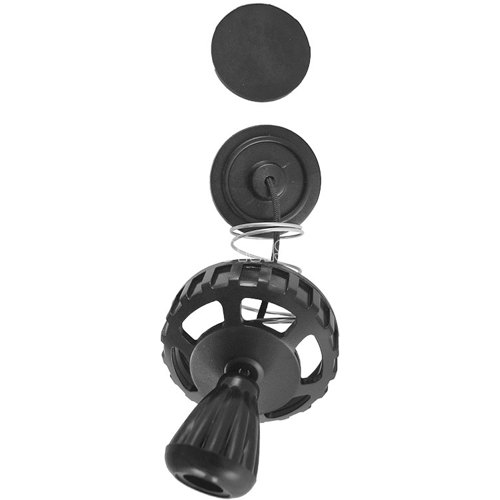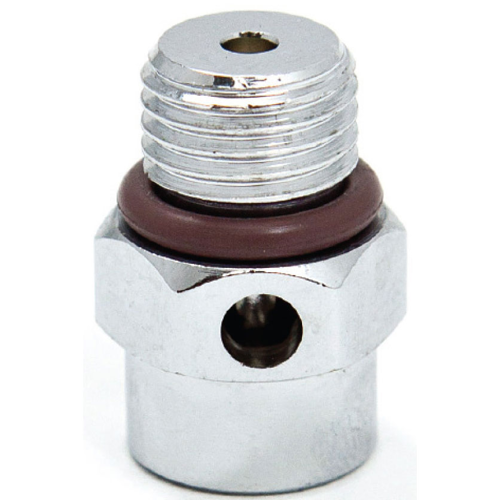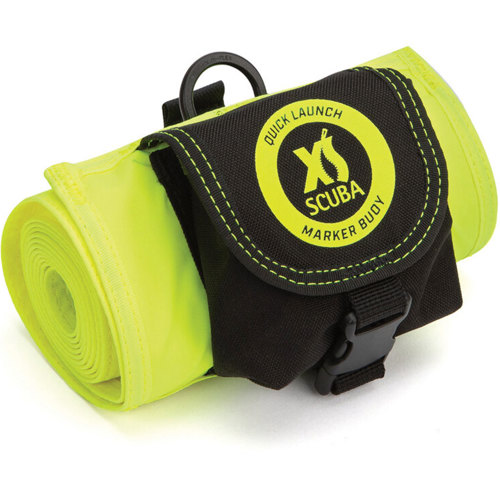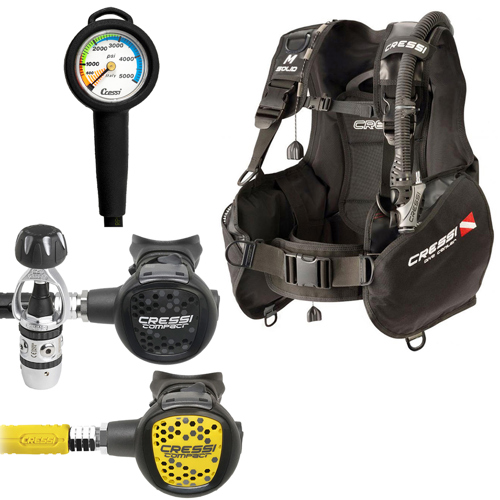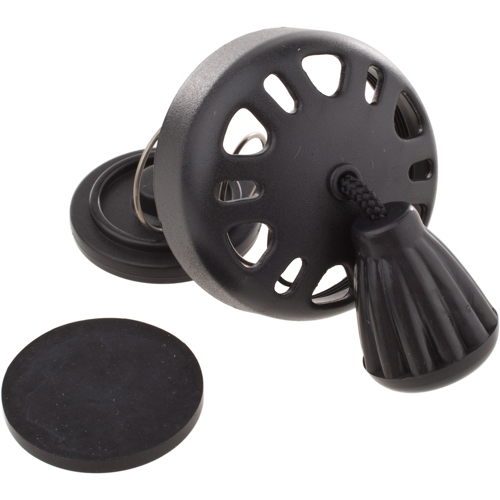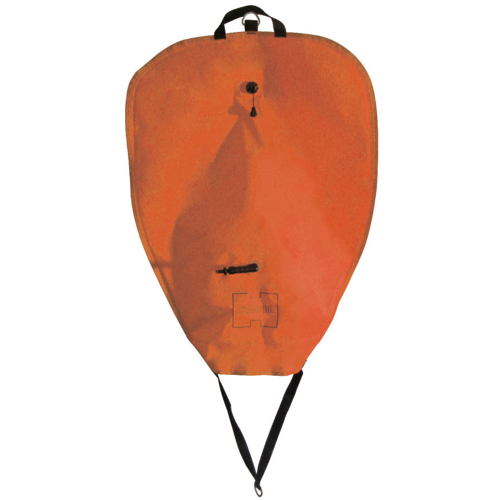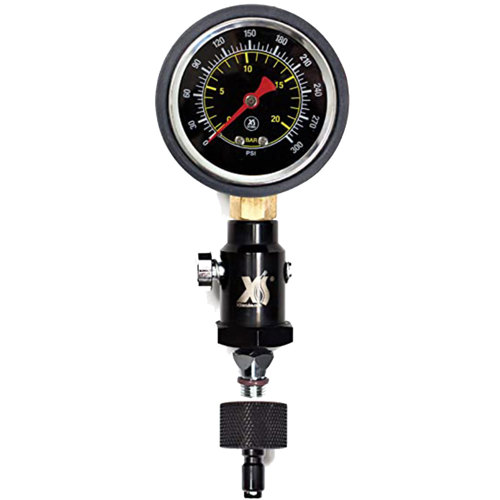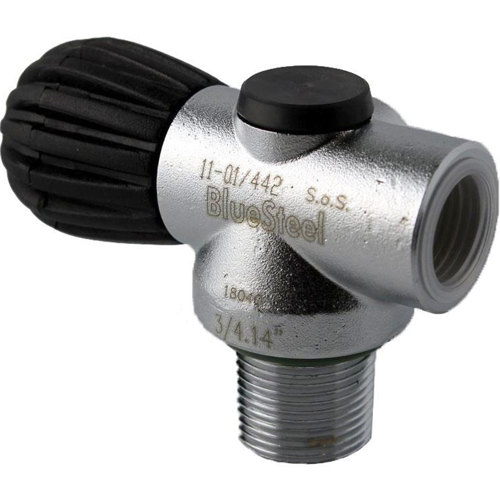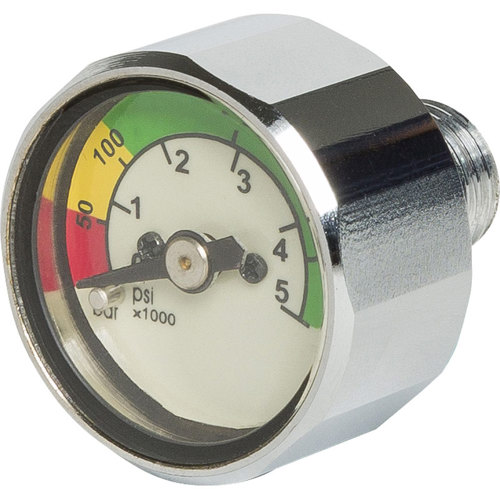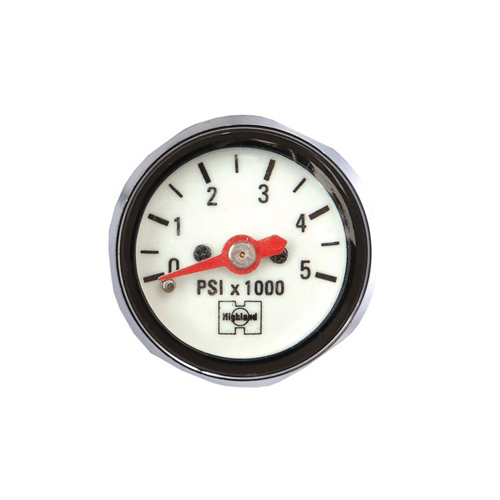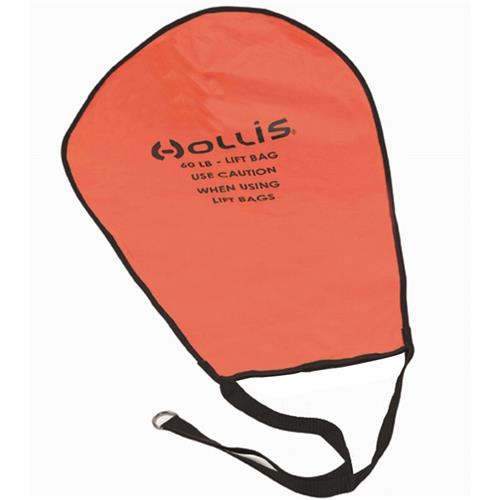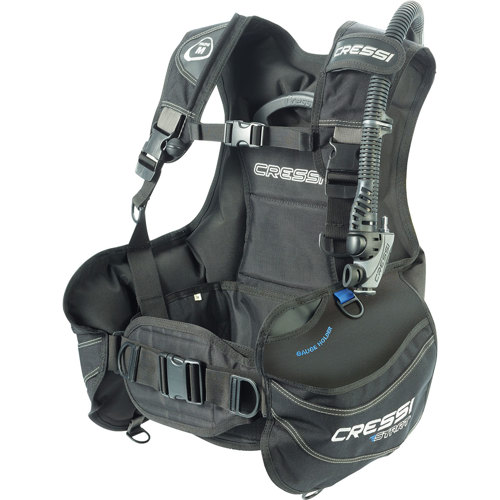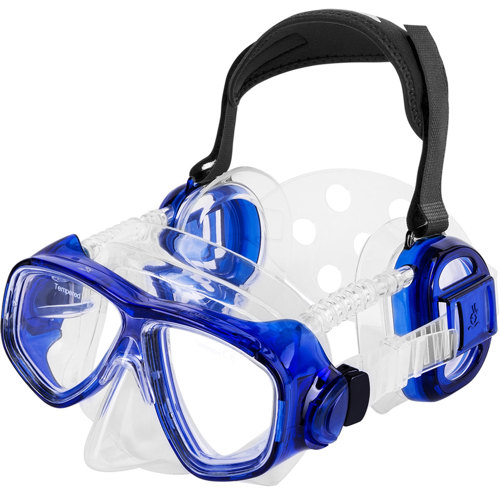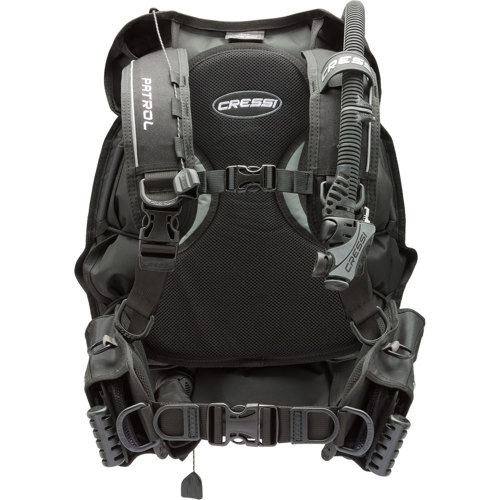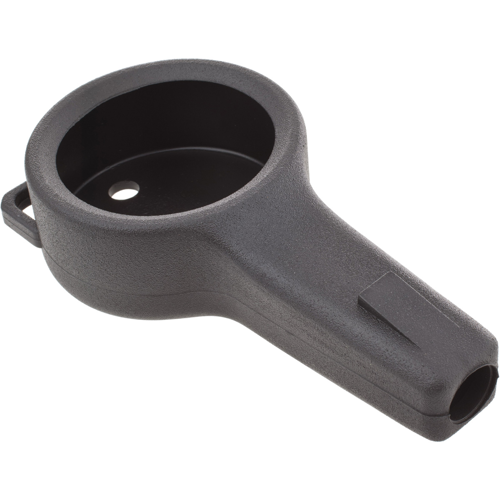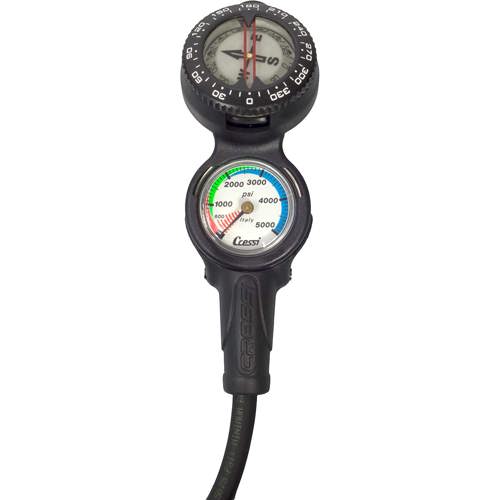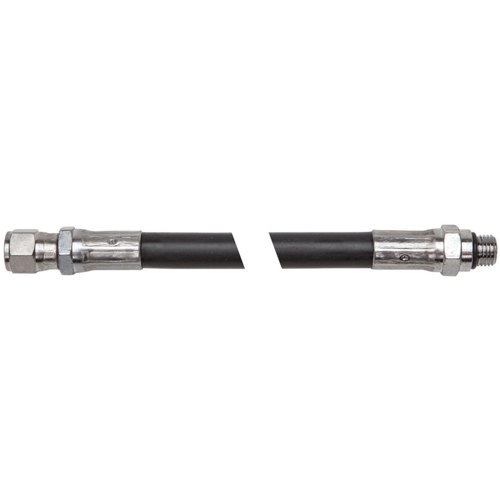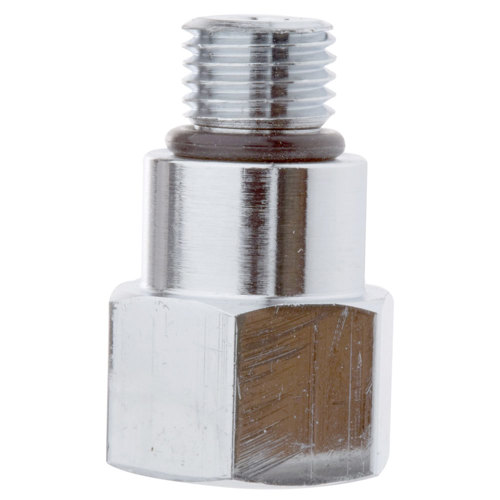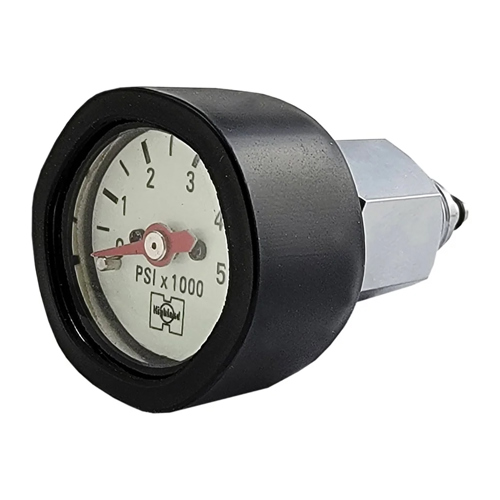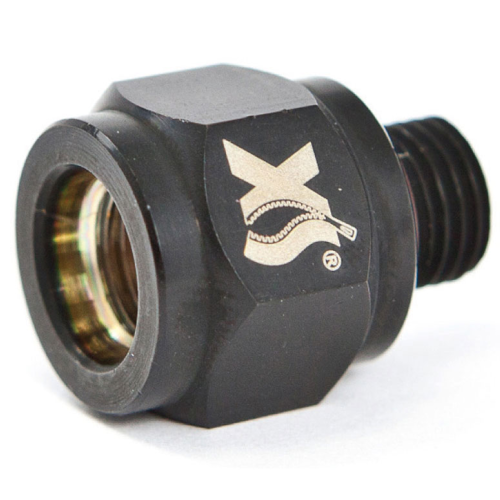Pressure relief devices play a vital role in the world of underwater sports, diving, and equipment maintenance, serving as a crucial safeguard for pressurized systems. Whether you’re prepping your gear for a winter dive trip or maintaining tanks during the off-season, understanding the importance of these devices is essential for safety and peace of mind. Pressure relief devices—ranging from spring-loaded valves to rupture discs and fusible plugs—are engineered to automatically vent excess pressure, protecting tanks, compressors, and other critical equipment from dangerous overpressurization. For divers, these devices are not just technical add-ons; they are silent guardians that help ensure every underwater adventure begins and ends safely. Picture a frosty November morning at the marina: as you check your scuba cylinder, a reliable pressure relief device stands between you and the risks associated with sudden temperature shifts or accidental overfilling. For anyone managing high-pressure gas systems, such as dive shop technicians, boat operators, or seasoned explorers prepping for cold-water excursions, these devices are as essential as the tanks themselves.
When considering which pressure relief device is right for your needs, it’s important to take into account the type of equipment you’re using, the operating pressures involved, and the specific conditions you’ll encounter. Relief valves, with their gradual opening, are often preferred for systems where pressure fluctuates, offering a controlled release that minimizes wear on sensitive components. Safety valves, which open rapidly at a preset threshold, are indispensable when a swift response is vital—such as in the case of gas cylinders stored in fluctuating temperatures or on liveaboard vessels where space and safety margins are tight. Rupture discs and fusible plugs provide single-use, fail-safe protection, making them ideal backups or primary safety measures in environments where overpressure events, though rare, must be mitigated instantly and without the need for manual intervention. These devices are not just for the technical diver or shop owner; they make thoughtful gifts for anyone who owns or maintains their own scuba, snorkeling, or inflatable water sports gear. Giving the gift of safety and reliability is especially meaningful as the holiday season approaches and dive enthusiasts prepare their equipment for winter storage or upcoming travel.
Selecting, installing, and maintaining pressure relief devices is a responsibility that comes with owning high-pressure equipment. Regular inspection and timely replacement are just as important as the initial purchase, especially after a device has activated or been exposed to harsh conditions. Anecdotes from the field underscore the importance of diligence: a diver returning from a cold-water expedition in November once shared how a properly maintained relief valve vented excess pressure from a tank left in a sun-warmed car, preventing a potentially hazardous situation. This attention to detail extends to other pressurized systems as well, such as buoyancy compensators and surface marker buoys, which may also require specialized relief devices to function safely. For those interested in expanding their safety toolkit, exploring related accessories—like those found in our curated selection of
Inflation Devices—can further enhance both convenience and preparedness. Ultimately, whether you are a recreational diver, a technical specialist, or someone shopping for a thoughtful and practical gift, investing in quality pressure relief devices is an investment in safe, confident adventures beneath the surface.

